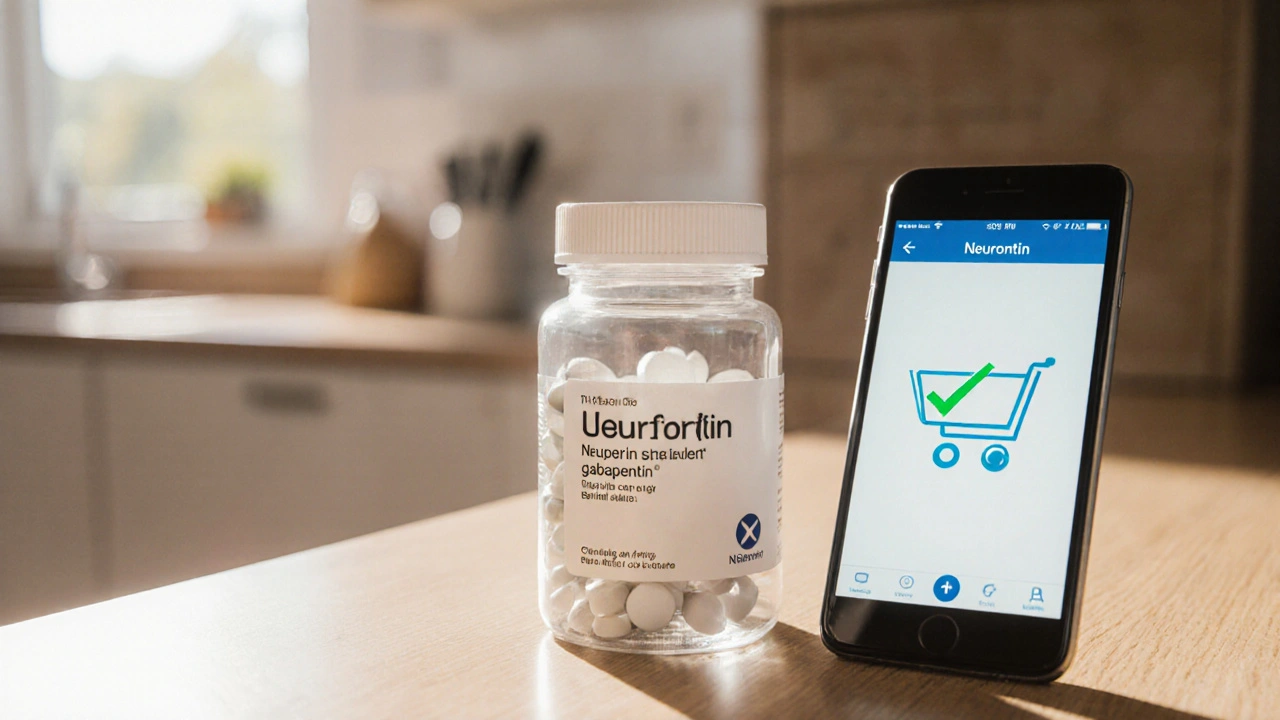Generic Gabapentin: What It Is and Why It Matters
When you hear generic gabapentin, a prescription medication used to treat nerve pain and seizures. Also known as gabapentin, it works by calming over‑active nerves in the brain and spine.
Key Conditions Treated with Generic Gabapentin
One of the biggest reasons people take this drug is for neuropathic pain, pain caused by damaged or irritated nerves, often from diabetes or shingles. The medication dampens the nerve signals that cause burning, tingling, or shooting sensations. It’s also a first‑line option for some types of seizures, classified as an antiepileptic, a drug that reduces abnormal electrical activity in the brain. Those two uses cover most of the everyday demand you’ll see on pharmacy shelves.
While the brand name most people recognize is Neurontin, the original patented version of gabapentin, the generic version offers the same active ingredient at a fraction of the price. Pharmacies dispense it in capsules, tablets, and oral solutions, letting doctors tailor the dose to each patient’s needs. Typical starting doses range from 300 mg once daily up to 900 mg three times a day, but doctors often adjust based on how well the pain or seizures respond.
Safety matters, especially for people with kidney problems or pregnant women. Since gabapentin is cleared by the kidneys, dosage may need to be lowered if kidney function is reduced; otherwise the drug could build up and cause dizziness or swelling. Pregnant patients should discuss risks with their doctor because animal studies suggest possible harm, but human data are limited. The key is a clear conversation about benefits versus potential risks.
Beyond its approved uses, many clinicians prescribe generic gabapentin off‑label for anxiety, restless‑leg syndrome, and even certain mood disorders. The evidence isn’t as strong as for nerve pain, but patients often report relief when other options fall short. This flexibility makes the drug a handy tool in a physician’s toolbox, especially when insurance coverage pushes toward lower‑cost options.
Cost is a major driver of its popularity. A month’s supply of the brand can cost over $200, while the same amount of generic often costs under $30. If you’re looking for generic gabapentin, check with local pharmacies, compare online prices, and verify that the supplier requires a valid prescription. Savings add up quickly, especially for chronic conditions that need long‑term therapy.
Below you’ll find a curated list of articles that dive deeper into related topics—from buying cheap generics online to side‑by‑side drug comparisons. Whether you want to understand dosing tricks, explore alternatives for specific conditions, or simply stay informed about safety updates, the collection below has you covered.
